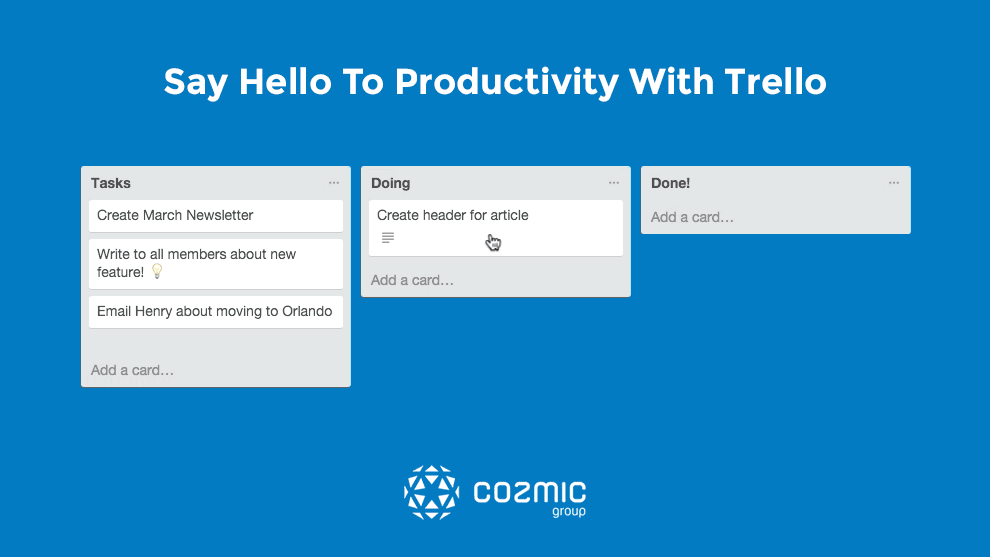Productivity is a decisive factor in the production performance of businesses and organizations. But what does the term mean? In simple words, productivity is the effectiveness of the production effort, that is, how much output do you get from any given input. For example, if a company produces metal forks, productivity can be measured by how many metal sheets (or workers, or hours) it needs to produce a number forks in an economically sustainable way.
However, we live in the digital age now, and – among other things – this means that office jobs are far more common than manufacturing ones. In fact, one of the reasons why we call this era the ‘digital age’ is represented by the massive adoption of the computer, which is nothing but the ultimate contemporary productivity tool. In line with this thought, modern productivity tools often are programs and apps, which stand as the modern version of hammers and nails (and much more fun if you ask us).
You’ve probably realized this a long time ago, since ‘productivity apps’ has been quite a fashionable term for a couple of years; either way, it’s always good to see the whole picture prior to downloading (or worst, buying) any app that lightly makes such claim. Which leads us to the heart of this post: what is, all things considered, a great example of a productivity app?
Trello: taking project management to the next level
Founded in 2011, Trello has seen enormous success by offering a lean, useful product. Everyone who works in an office knows that email has its limitations and that those are easily reached. When it comes to working on a team project, getting (and answering) tons of messages tends to overcomplicate everything and delay the results. However, Trello was not created to replace email, but instead to take a heavy load of email’s back.
So far, not only has Trello achieved this ambitious goal, but it has also become one of those indispensable apps. Parting from the concept of kanban – a Japanese method for organizing knowledge and information-related work – Trello features boards, which in turn feature lists, and these contain cards. In both its mobile and desktop versions, the simplicity of Trello has enabled an increase in productivity by driving projects faster and more efficiently than with other programs (including email). As it turns out, the organization and exchange of complicated information and archives in Trello is simple to the point of laugh.
Thanks to its organizing principle, Trello has literally made project management easier for millions; nowadays, the company has 10+ million users and has recently been acquired by PM giant Atlassian for the staggering amount of $425M. Not bad for a 5-year old company, ha?
In summary, if you’re feeling overwhelmed by email, give Trello a try. There is a great free version that will allow small teams to rapidly organize projects, and a stellar paid version that will facilitate the process of making bigger dreams come true. To start using Trello, go straight to the company’s website: you won’t be disappointed. And if by the app makes things easier for you, don’t hesitate to drop us a line: we’re always keen for a success story!

